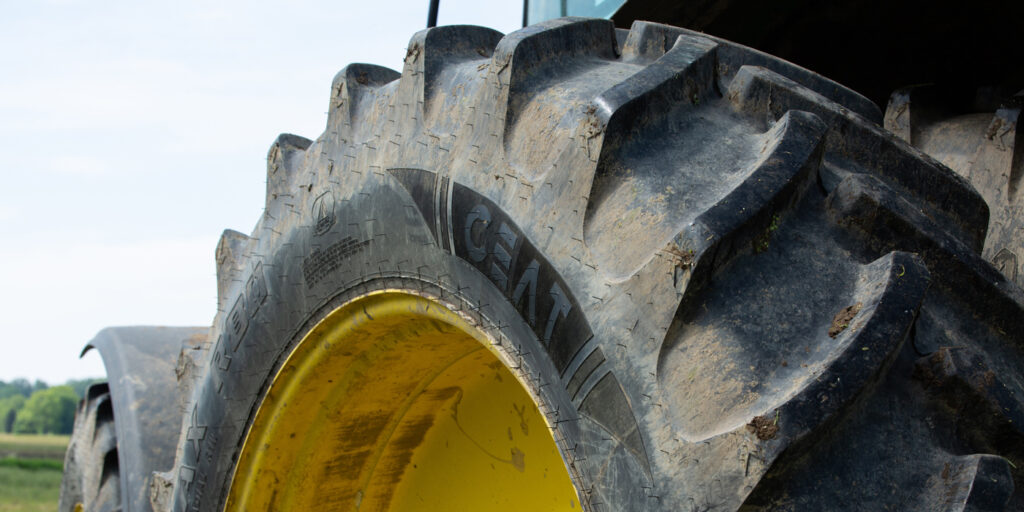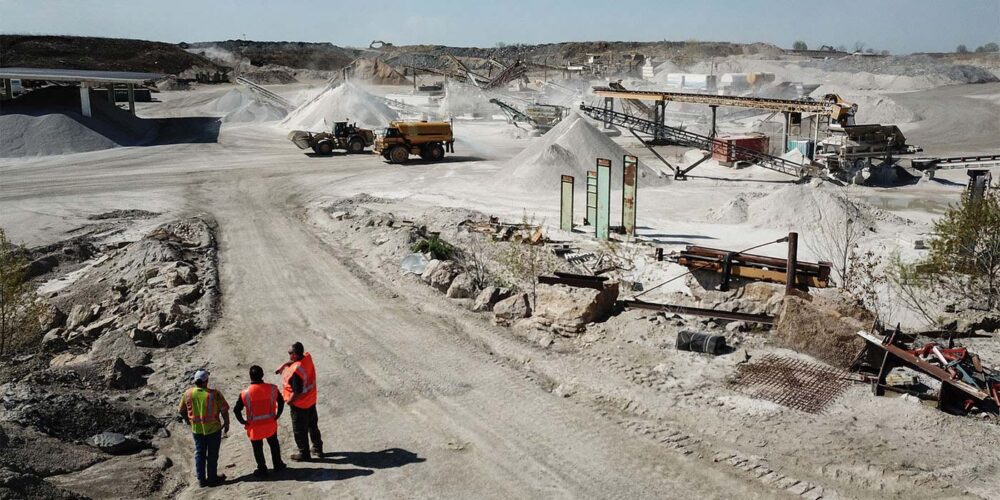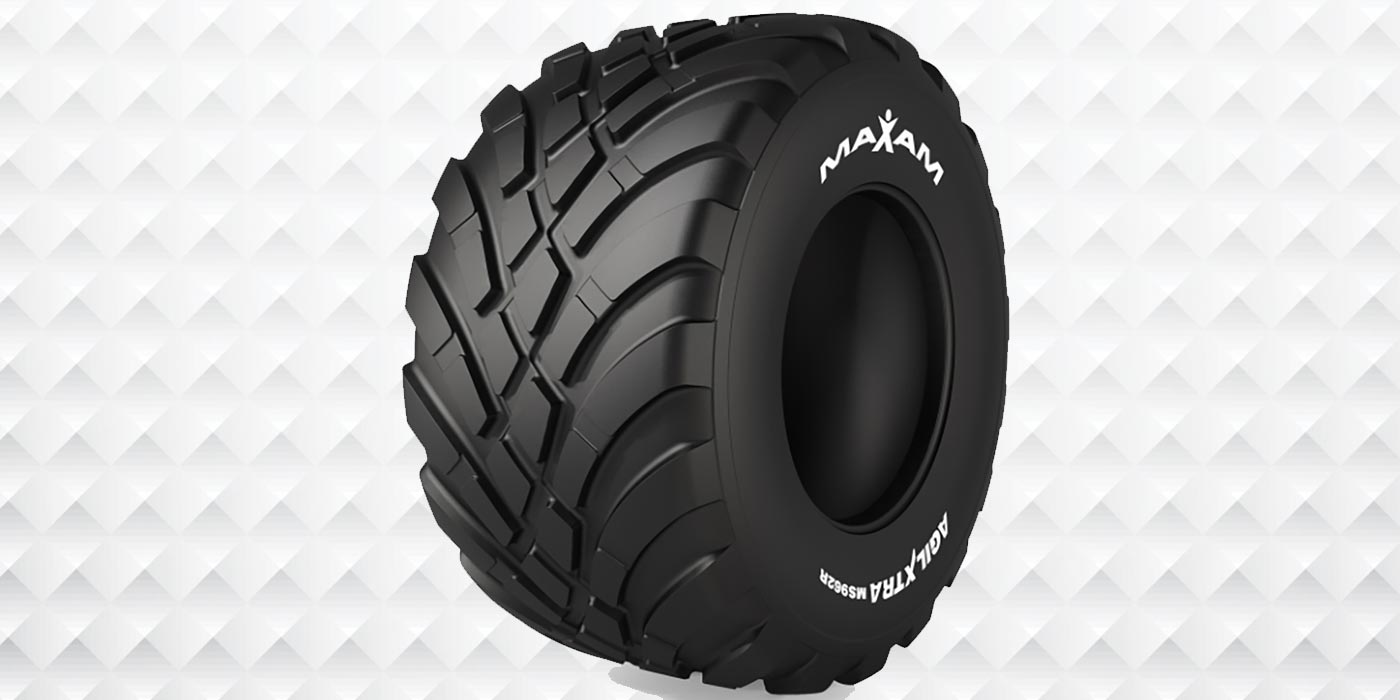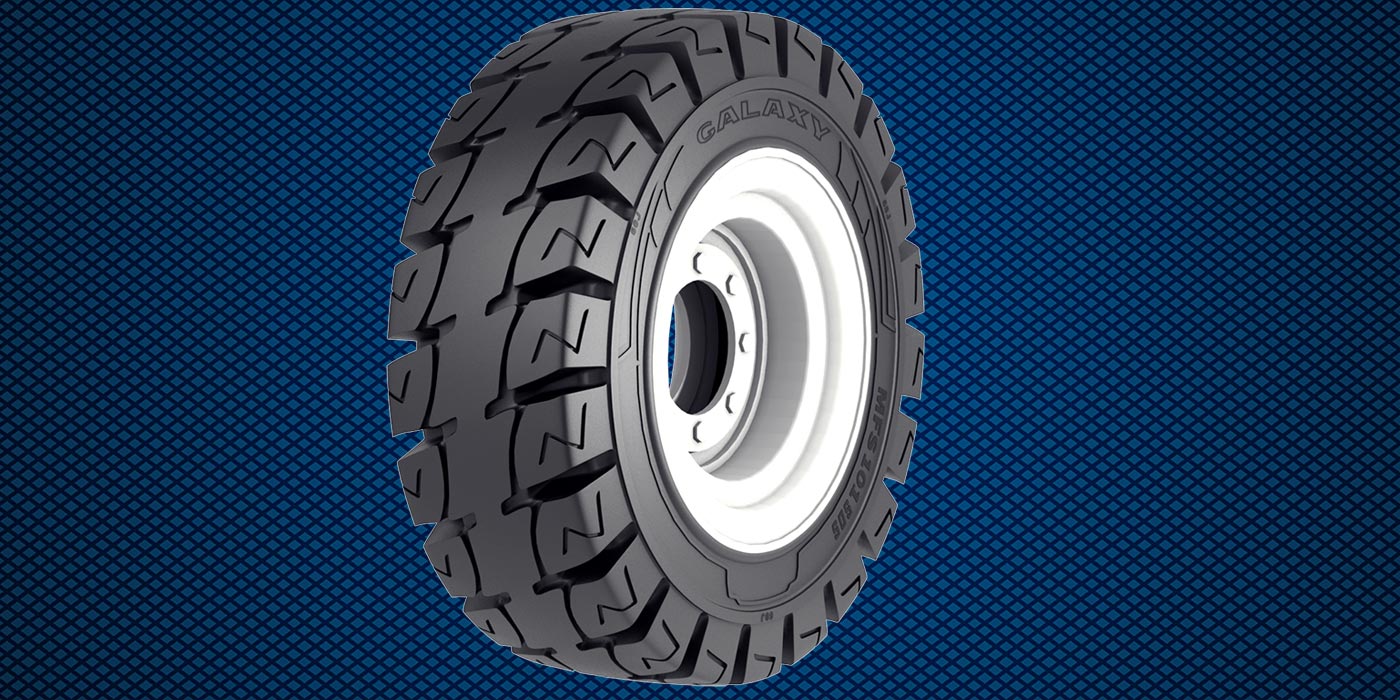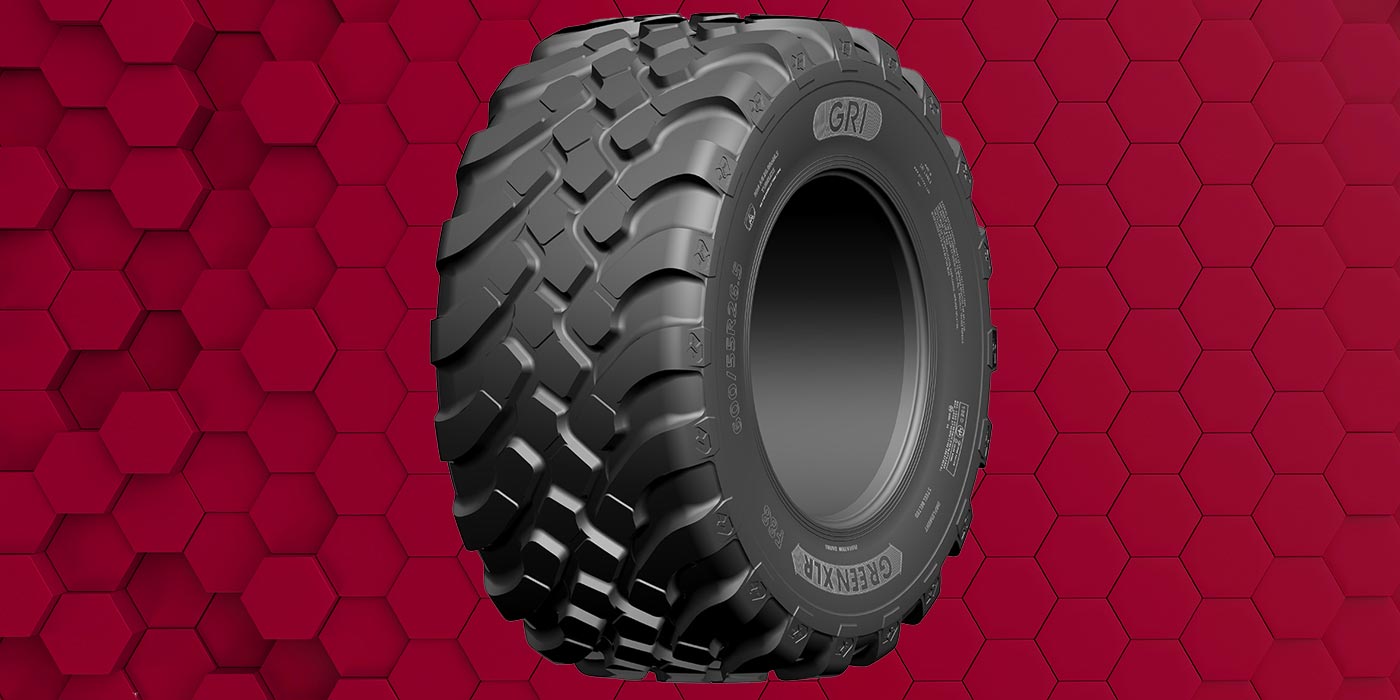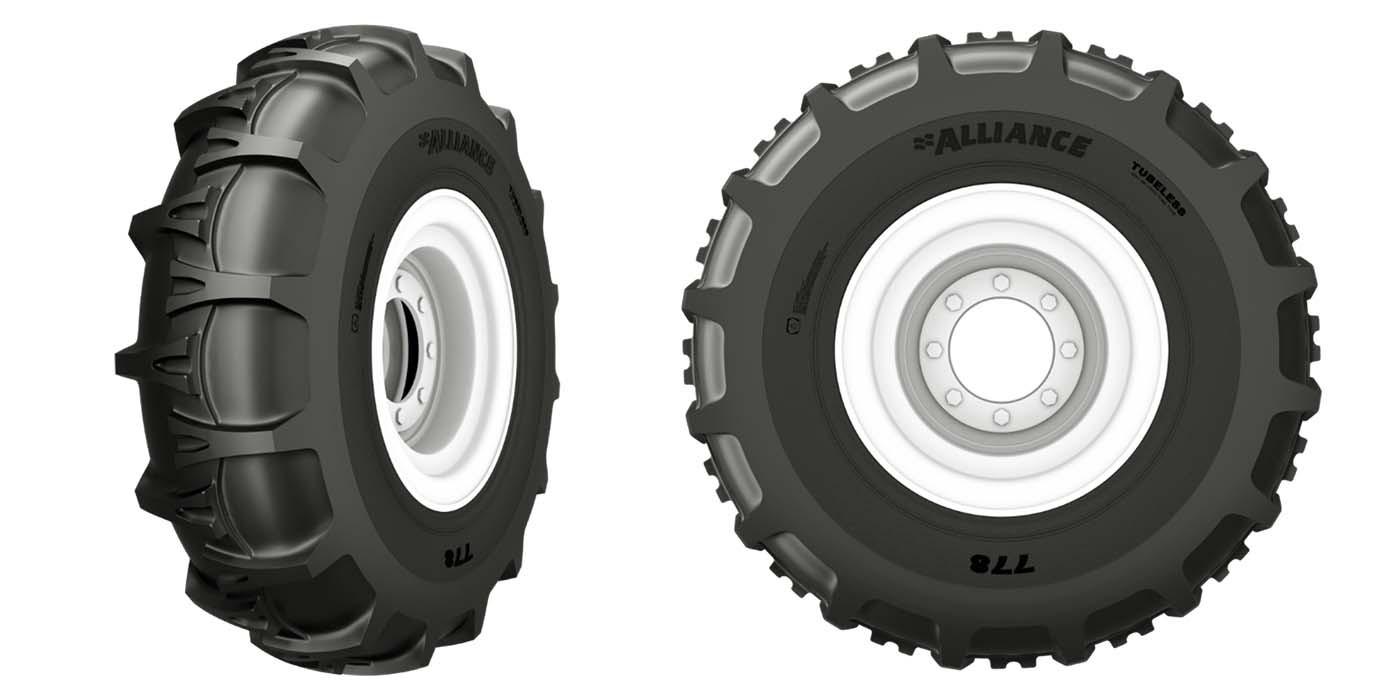Loyal farmer customers are worth their weight in gold to tire dealers. Even smaller farmers own several pieces of equipment and purchase a considerable number of tires over the years.
That’s why good dealers bust their tails to get a service truck in the field when one of their customers has a tire problem. Equally important is advising farmers on the proper tires for each of their applications.
A good place to start is by asking these three questions:
- What is your application?
- What is your needed load-carrying capacity?
- Is compaction a concern?
Traction and Compaction
If the application requires high traction and reduced compaction, radials are the way to go…and, in particular, VF or IF radials.
The type of radial depends on the application, load-carrying capacity needed and required speed. If high speed (above 25 mph) is required, your customer needs a “D” rated or 40-mph rated tire. Placing an ag tire into service when it does not have the load-carrying capacity or the speed rating required is asking for trouble and will ultimately lead to tire failure.
If the standard radial does not have an adequate load-carrying capacity required for the most demanding application, “IF” and “VF” options should be recommended.
The “IF,” or increased flexion radials, carry about 20% more load than standard radials at the same inflation pressures. The “VF,” or very high flexion radials, carry about 40% more load than standard radials at the same inflation pressures.
Conversely, these high-tech tires can carry the same loads as standard radials with reduced inflation pressures. If you want to run low inflation pressures to help minimize compaction, the “IF” and “VF” options will provide the best opportunities to achieve your objective.
Stewardship of the Soil
Stewardship of the soil starts with low-compaction VF tires. By utilizing the lower inflation pressures made possible by VF tires, a farmer can increase the tire’s ground contact area. This helps with traction and fuel economy and also reduces the harmful downward forces that cause soil compaction.
Fortunately, small- and mid-size farmers now have access to IF and VF technologies. There are VF radials available in the market that are affordably priced and deliver a very competitive cost per hour.
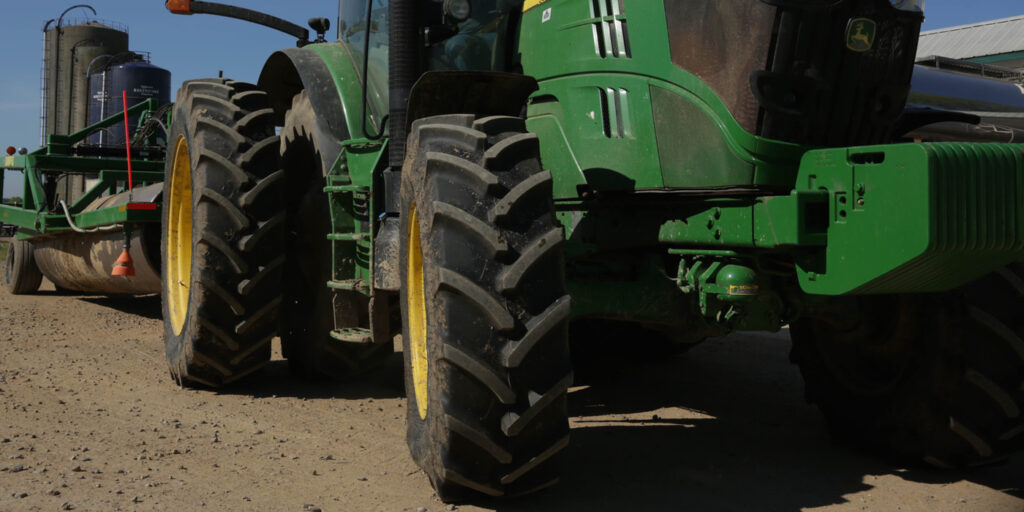
Operator Comfort
An ag tire is not just something that’s black and round; not just another moving piece of a machine. It is an extension of the driver. The tire is a direct connection from the operator to the ground. The driver is in the cab 12-plus hours per day. If the tire is not absorbing the impact to keep the driver from being jolted around, the driver cannot be at his best. That’s what makes VF tires so remarkable. By running lower air pressure, the tire is able to absorb the blows and jolts from the road and the field, thus protecting the operator and allowing him to be more productive.
R-1 vs. R-1W
In the ag industry, tread depth for traction tires uses the nomenclature R-1 and R-1W. The “W” designation stands for “Wet” and has approximately 25% deeper tread depth.
Comparing the various options based on a cost per 32nds of tread depth helps with cost calculations. The R-1s will cost less due to reduced tread depths which translates to less rubber in the tire.
No farmer plans to operate their equipment in wet, muddy conditions, but when they have to, they will be better served with R-1Ws over R-1s due to the additional traction provided by the deeper lugs. It’s much better to be prepared with the deeper tread depth because downtime during harvest season can be a detriment to the bottom line.
The increased tread depths of the R-1W tire will deliver a longer service life that will correspond with the increased tread depth percentage. Of course, when your customer starts with an R-1W he can run the tires for quite some time and end up with an R-1.
The Bias Option
Bias tires might be an alternative for your farmer customers, but they do not provide the benefits of radial technology. If your customers want the best traction possible, improved efficiency, larger footprints, reduced compaction, a better ride or a combination of any of the above, they need to stick with radials. Another very important factor is the service life of a comparable radial, which is about 30% longer than bias.
The bias tire will typically be less expensive for your customers than the radial and can be the best option for particular types of equipment and applications.
At the end of the day, you need to put your farmer customers in the correct tire for the application. By doing so, they will likely be loyal for many years.

